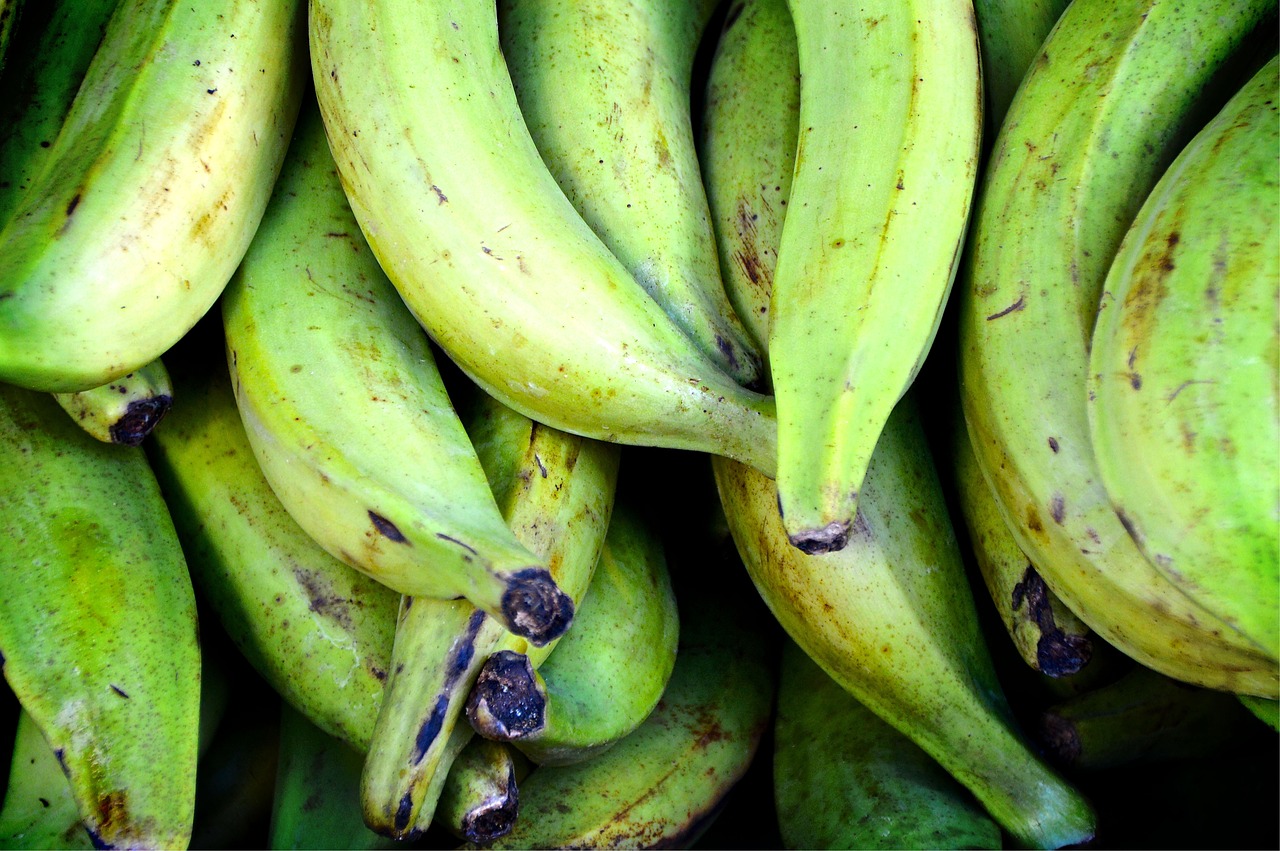Plantains are a staple in many tropical regions, often praised for their versatility and nutritional benefits. If you’re considering growing plantains or simply want to understand the best practices for harvesting them, this guide will provide you with all the insights you need. From the growth stages to the correct time for harvest, here’s everything you need to know about harvesting plantains.
Understanding Plantain Growth Stages
Plantains, scientifically known as Musa paradisiaca, are closely related to bananas. They undergo several growth stages, typically taking 8 to 14 months from planting to harvest depending on the variety and growing conditions. Here’s a brief overview of the stages:
Planting Stage: Plantains are usually propagated from suckers or corms. After planting, the plants will establish their roots and begin to grow tall.
Vegetative Growth: This phase lasts several months and is characterized by the development of large leaves. Adequate water and nutrients are crucial during this time to promote healthy growth.
Flowering Stage: Eventually, the plant will produce a flower bud, which will develop into the fruit bunch.
Fruit Development: The plantains will grow and mature, usually within a few months after flowering.
When to Harvest Plantains
Timing is critical when it comes to harvesting plantains. Ideally, you want to harvest them at the right stage for your intended use:
Green Plantains: If you prefer to use them in savory dishes, harvest the plantains when they are still green. This is usually about 75% of the time from flowering.
Yellow Plantains: For a sweeter flavor, wait until they turn yellow. This stage typically occurs a week or two after they have been harvested when the starches begin to convert to sugars.
Overripe Plantains: These are fully yellow with black spots and can be used for desserts, fried snacks, or other sweet dishes. Use them immediately as they can spoil quickly.
Signs of Maturity
To know if your plantains are ready for harvest, observe the following signs:
Size: Mature plantains will grow to their full size, often measuring between 6 to 12 inches long.
Skin Texture: The skin should be firm without any wrinkles, and the color should change from a vibrant green to a brighter shade depending on the ripeness level.
Fruit Bunch Position: The fruit should be hanging downward, indicating that they are filled with good quality pulp.
How to Harvest Plantains
Harvesting plantains requires care to maximize yield while minimizing damage to the plant and the fruit. Here’s how to do it effectively:
Gather the Right Tools: You’ll need a sharp knife or machete, gloves (to protect your hands from the sap), and possibly a basket to collect the harvested plantains.
Cut the Bunch: Gently cut the fruit bunch from the plant, making sure to leave a few inches of stem attached to the fruit. This helps to reduce sap leakage and prolongs the shelf life of the plantains.
Handle with Care: Plantains are susceptible to bruising. Handle them with care to prevent damaging the skin, which can lead to quicker spoilage.
Post-Harvest Care: Once harvested, it’s essential to allow the plantains to cure in a cool, shaded area for a couple of days. This helps to reduce the sap and prepares them for storage.
Storing Plantains
The way you store harvested plantains can significantly affect their ripening and usability:
Room Temperature: If you prefer your plantains to continue the ripening process, keep them at room temperature away from direct sunlight.
Refrigeration: If you want to prolong their freshness without ripening further, store them in the refrigerator. Keep in mind that this may darken the skin, but the fruit inside will remain good for consumption longer.
Freezing: If you have an abundance, consider freezing them. Peel the plantains, cut them into sections, and store them in airtight bags. They can be cooked directly from frozen.
Conclusion
Harvesting plantains is a rewarding process that not only yields delicious fruit but also enhances your gardening expertise. By understanding the growth stages, knowing when and how to harvest, and mastering storage techniques, you can enjoy the fruits of your labor in various recipes. Whether you love them fried, boiled, or baked, plantains can be a wonderful addition to your kitchen.





